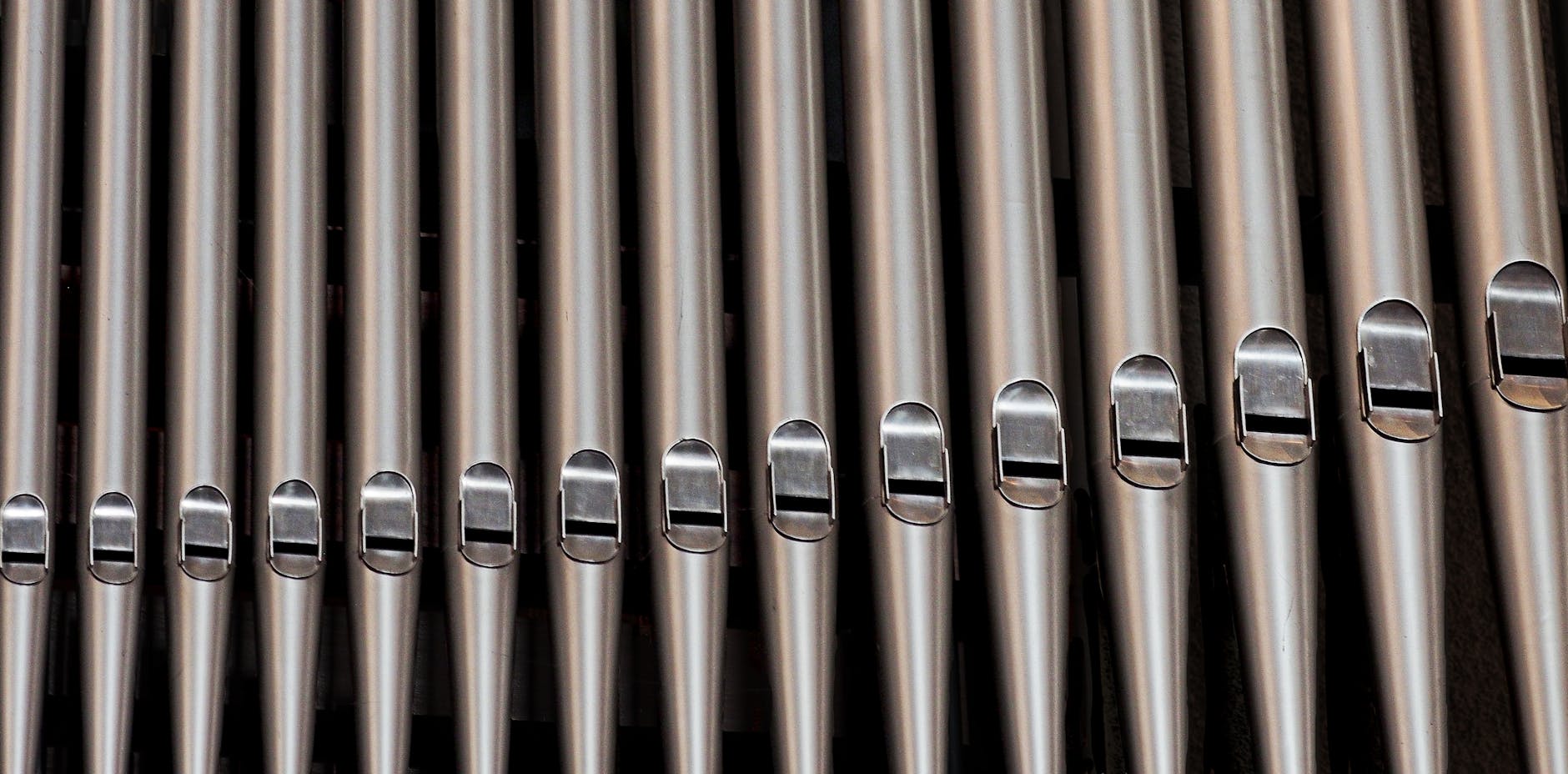Why Australia is Leading the Way in Music Education Innovation

Music Education Trends in Australia
Technology in Classrooms
In the world of music education, incorporating technology can take your classroom from ordinary to extraordinary. Many schools, including the Melbourne Music Conservatorium, have explored integrating tech tools like data projectors. These devices breathe life into sheet music by projecting it for all students to see, facilitating a more communal and interactive learning experience. Visual aids can enhance understanding and make complex musical compositions more accessible.
To optimise sound quality, consider utilising acoustic panels. These can significantly improve the auditory experience in a classroom, ensuring that every note played on a guitar or violin is crisp and clear. These panels not only aid students in hearing subtler tones but also help teachers provide nuanced feedback.
For effortless control of various devices, a universal remote can be a game changer. Imagine being able to seamlessly switch between audio tracks or presentation slides with just one device, allowing you to focus more on engaging your students rather than fumbling with multiple remote controls. As we take cues from tech-savvy institutions like the National Gallery of Victoria, implementing these innovations can cultivate a stimulating learning environment that motivates students like Amelia's to delve deeper into music.
Innovative Tools and Techniques
Digital Composition Platforms
In the vibrant music classrooms across Melbourne, incorporating digital composition platforms has become an exciting way to capture student interest and creativity. At the Melbourne Music Conservatorium, for instance, students have begun experimenting with these platforms to create unique and personalised works. These platforms make it easier for students to understand complex music theory concepts while fostering an appreciation for composition. As educators, we can use these tools to draft compositions in class, discuss theoretical elements in real-time, and even directly link theory to practice by having students record their compositions using a quality recording microphone.
Virtual Reality Experiences
Imagine transporting your students from the traditional classroom to an entirely immersive concert hall experience. With virtual reality (VR), this is no longer a distant dream but a present-day possibility. By using VR in music education, students can experience live performances, like attending a concert at the National Gallery of Victoria, without leaving the classroom. It provides an innovative way to study different music genres and performance techniques in a highly engaging setting. In addition to its immersive quality, VR can be paired with ptz cameras to capture students' performances from multiple angles, providing them with invaluable feedback.
Online Performance Platforms
Bringing music to life outside the classroom is as crucial as nurturing it within. Online performance platforms give students a venue to showcase their talents and connect with a broader audience. These platforms allow students to upload their performances for peer review, family viewing, and even public appreciation, making music a more communal experience. Many educators find the integration of a motorised projector screen advantageous to project these performances during class, encouraging immediate feedback and fostering a collaborative learning environment.
Integrating Technology Effectively
Balancing Tech and Tradition
In the vibrant setting of the Melbourne Music Conservatorium, I often find myself reflecting on how to seamlessly blend modern technology with time-honoured musical traditions. The key to achieving this balance lies in ensuring that technology serves as a tool to enhance traditional methods. For example, while the tactile experience of playing guitars and basses cannot be replaced, technology can augment it with digital apps that provide instant feedback or enhance practice sessions. This harmonious integration keeps students engaged without overshadowing the core essence of music education.
Enhancing Engagement
Engagement is at the heart of inspiring a lifelong love for music among students. Incorporating AV technology, such as a hearing loop, in the classroom ensures that every student, regardless of hearing ability, can participate fully in lessons. By fostering an inclusive environment, students are more likely to feel connected and enthusiastic about their learning experiences. Additionally, interactive tools like music composition software can encourage students to create and experiment, making the learning process more dynamic and enjoyable.
Avoiding Distractions
While technology offers wonderful opportunities for enhancing music education, it's important to manage its potential distractions. Carefully selecting tech tools that align with lesson objectives is crucial. Limiting the use of fragmented apps or platforms can keep the focus on learning rather than getting sidetracked by unnecessary features. Strategically integrating technology into the classroom will maintain an efficient learning environment where technology is an asset rather than a hindrance.
Addressing Common Challenges
Budget Constraints Solutions
Navigating the pitfalls of classroom budgets while embracing technology in music education can seem daunting. Investing in quality audio equipment like loudspeakers or robust av cables is essential, yet often challenged by tight financial constraints. One solution lies in prioritising and selecting versatile technology that can serve multiple functions. For instance, you may consider equipment that facilitates both individual practice and group performances, maximising its use.
Another approach is applying for grants or partnerships with local music stores, possibly found on Bourke Street, that might offer discounts for educational purposes. Additionally, engaging the community through fundraisers or crowd-sourcing can provide the much-needed funds for equipment purchase. Such events not only raise money but also enhance community involvement and support for music education.
Training for Educators
Incorporating new technology isn't just about acquiring equipment; educators themselves must stay abreast of the latest advancements. Attending professional development workshops or seminars can significantly enhance your technical proficiency, helping educators navigate new tech with confidence. Online forums and social media groups dedicated to music education offer an excellent platform to share knowledge and solutions to common training hurdles.
Evaluating Tech Impact
Lastly, it's vital for educators to routinely assess the impact of technology on student engagement and learning outcomes. Establishing a feedback loop with students allows for adjustment of methods based on what truly resonates with them. Employing simple assessment tools can provide valuable insights into how effectively tech tools like cables and loudspeakers are enhancing or hampering classroom experiences.
Best Practices in Music Education
Learning from Success Stories
When we delve into the heart of Melbourne, we are surrounded by a plethora of inspiring stories from institutions like the Melbourne Music Conservatorium and the National Gallery of Victoria. These places exemplify how embracing diverse musical genres fosters a rich learning environment. A particularly notable example involves the integration of bullet journal inspiration as a tool for students to map out their practice schedules, creatively track progress, and set personalized goals.
Cultivating a Welcoming Atmosphere
In our classrooms, creating an inclusive environment should be at the forefront of our efforts. Let's draw upon the vibrant diversity reflected in Melbourne's music stores on Bourke Street, which offer an array of instruments from different cultures. Incorporating such instruments into lessons not only broadens students' musical comprehension but also cultivates a sense of belonging. Initiatives like inclusive workshops and cultural music days serve as wonderful platforms to achieve this objective.
Sparking Innovation
Encouraging creativity is vital and can be beautifully sparked through innovative teaching methodologies. By using interactive learning approaches such as collaborative composition projects, students can experiment and express their distinctive musical identities. Incorporating technology, from digital composition software to interactive apps, provides students with modern tools to compose and analyse music, fostering both technical and creative skills.
By embracing these best practices, we are not just teaching music; we are nurturing a new generation of musicians who will feel confident, creative, and inspired.


